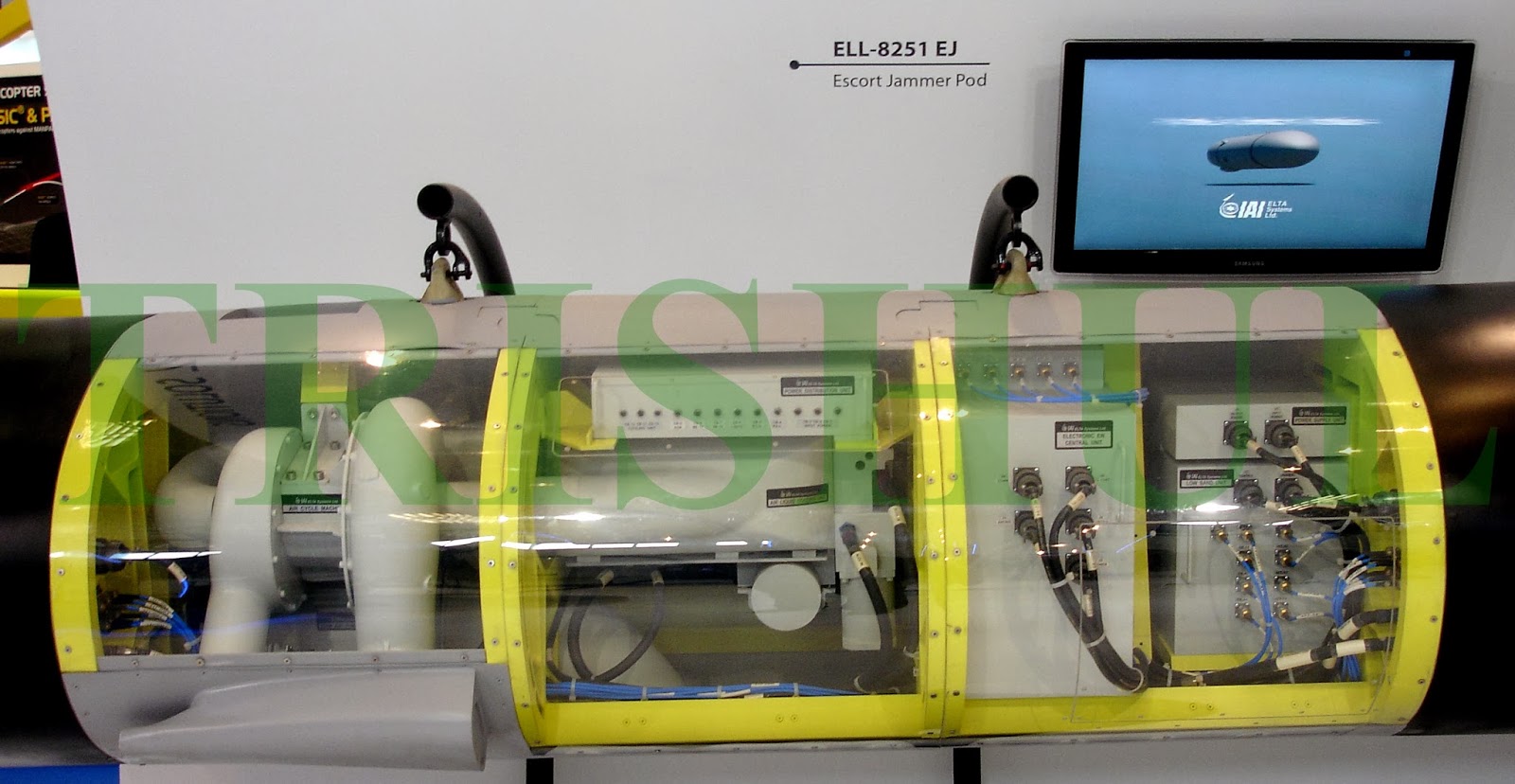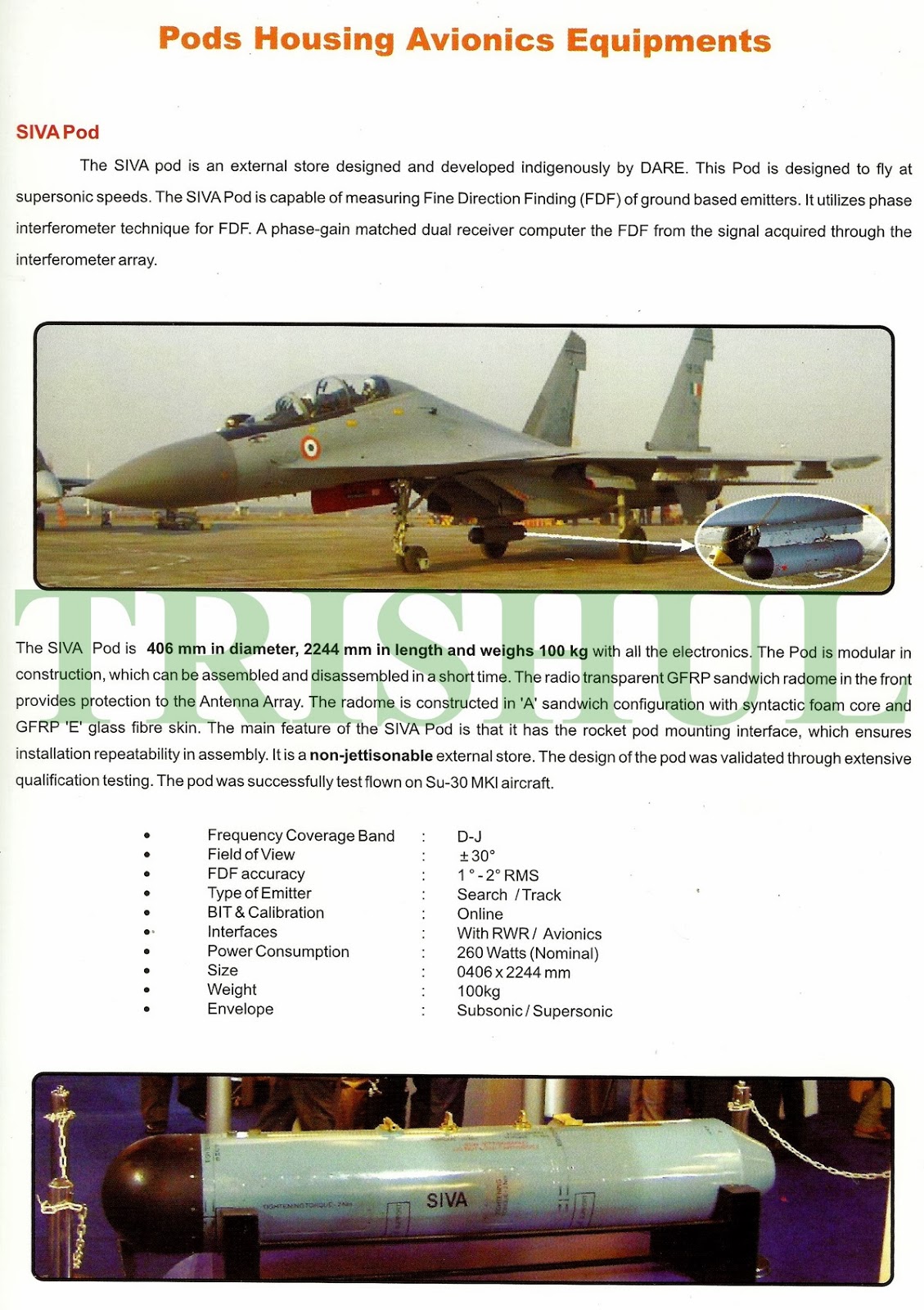In recent years the Indian Air force (IAF) as part of its 'transformation' has been progressively augmenting its fleet of special mission aircraft beyond the usual fighter and transport squadrons. After having brought in refuellers and airborne early warning aircraft, the IAF is now quite keen to augment its electronic warfare (EW) capabilities with more specialised aircraft in such roles. In late April last year, the Defence Acquisition Council put its stamp of approval on the IAF's proposal to procure nine 'special mission' aircraft for 1100 crore rupees or more. The status of the request for proposal (RFP) that the IAF was supposed to issue subsequently is unclear. But it is still worthwhile to look at this program more closely.
The IAF's RFI for the nine aircraft issued way back in 2012 specifies that two of the nine aircraft should be certified to perform the signals intelligence (SIGINT) role, given that the mission package for SIGINT commonly requires permanent modifications to the airframe. The remaining seven aircraft according to the RFI are to be configured by the prime contractor for the multi-mission role, 'supporting aerial survey, target towing, communications jamming (COMJAM) and flaring'. The RFI further specified that these missions i.e. for the seven COMJAM aircraft will be flown in addition to their original passenger and cargo roles.
Now what the IAF is essentially looking for has emerged as a classic combination over the last two decades. The special mission aircraft sought by the IAF are essentially militarized business jets that give a very good mix of deployability and endurance. The RFI issued last year spells this out by explicitly wanting 'aircraft powered by twin turbofan engines with low noise and vibration levels, with hot-and-high capability in all roles, certified for deployments at air bases up to 3,300 meters (10,000 ft.) above mean sea level.' The certification according to the RFI must be done by the airframe supplier. Reportedly the IAF may be looking for a biz jet platform with a cruise speed of Mach 0.75-0.80 and a minimum range capability of 4500 kms.
While all nine are to be based on a single platform the requirement for only two of them to be specialized for SIGINT probably follows from the fact that the IAF already operates two Learjet 29A and three Gulfstream III SRA platforms in that role for the Aviation Research Centre (ARC). The seven COMJAM units will therefore be filling the shoes of the IAF's retired Canberras and Avros.
The RFI however does suggest that the IAF wants the best that is out there when it says that '[sigint] system must be a futuristic, state-of-the-art system using cutting edge technologies, algorithms and software.' Furthermore the IAF wants that the set up should be up to the task of 'rapid system acquisitions and data processing with a high degree of automation', besides being 'capable of transmitting data to the ground through data links'. Interestingly the IAF also seems to be looking to move to systems that merge cyber and EW techniques. According to the RFI apart from the usual profiles, 'electronic countermeasure (ECM) systems on board the COMJAM specialized units need to be able to deceive adversaries by introducing false information into the enemy's communications' network and degrading enemy communications'. This kind of capability is akin to what the United States is looking for in its next generation jammer (NGJ) initiative wherein mutating algorithms are sought to be 'fired' through the aperture of enemy radar antennae to take over as 'system administrator' or at least 'infect' the enemy's network. Of course technologies of this kind are being developed by the US under the aegis of a program known as Senior Suter.
On the other hand the IAF wants the electronic support measures (ESM) used by the SIGINT aircraft to have the ability 'to intercept, identify, fingerprint and locate the source of electromagnetic emissions from radars, ECMs, Identification Friend or Foe/Successor interrogators ( 1030 mhz), transponders ( 1090 mhz), Tactical air navigation/Distance Measuring Equipment interrogators signals (1025-1150 mhz) and communication signals.'
Making these acquisitions a full blown intelligence surveillance reconnaissance (ISR) buy is the fact that seven of the aircraft for their 'aerial survey' role will have to be outfitted with 'microprocessor-based high-performance aerial survey camera systems with camera magazines, gyro-stabilized mounts, cockpit displays and automatic GPS-controlled photo flight systems. '
For COMJAM missions the IAF requires that the aircraft have enough space to accommodate up to five operator workstations and other related equipment with the overall ability to carry up to 10 passengers. This requirement to carry up to 10 passengers represents an enlargement of mission requirements compared to what was laid out in a previous RFP issued in 2009 for this same procurement category which had seen Embraer and Israel Aerospace Industries (IAI) shortlisted with both vendors offering ELTA's EL/I-3001 Airborne Integrated Signal Intelligence System (AISIS) mission system. That time over the Ministry of Defence (MoD) cancelled the RFP since vendors escalated prices based on an apparent lack of clarity in India's offset policy at the time.
This time over both Embraer and IAI are likely to bid again offering ELTA's AISIS which clearly has found favour with the IAF once before. In the words of its manufacturer 'AISIS is an aircraft mounted suite designed to perform long-range, high-endurance missions thus providing tactical and strategic intelligence. The system comprises ELINT (Electronic Intelligence) and COMINT (Communications Intelligence) sensors to search, intercept, measure, locate, analyze, classify and monitor communication and radar transmissions. The Electronic Order of Battle (OEB) picture generated by the EL/I-3001 suite is transmitted in real-time to ground stations for its exploitation via secure line-of-sight data-links, satellite communications and/or HF/VHF/UHF radio sets.' Elta also claims that the system is 'optimized' to effectively deal with low probability of intercept transmission sources and is of course in use with the Israeli defence forces.
Now the last time over Embraer offered a derivative of the EMB-145 with the pull of commonality of platform between these proposed special mission aircraft and the DRDO developed AEW&C currently in the process of being inducted by the IAF. On the other hand IAI had chipped in with the Gulfstream G200 which it manufactures under license in Israel. This time over IAI may offer the new super mid-size it is building- the Gulfstream G280. Indeed G280 based EW platforms are being touted by IAI as an affordable way forward in procuring special mission aicraft.
Affordability will certainly be a key factor in determining success in this tender, given that it has already been shot down by the MoD once before on those grounds. More than the mission systems the basic cost of the airframe and integration both of which are to be done by the airframe provider are likely to carry the day. Thus vendors who have cobbled up such offerings before with decent maintenance support will have a good chance at winning this tender. Of course, given the requirement for a larger aircraft as compared to the previous tender and current prices it remains to be seen how much more than the ball park 1100 crores would the Indian government be willing to expend on this proposal. Naturally something like a Gulfstream G550 based offering is ruled out because that would inflate costs rather considerably. On the other hand G280 sized jets are likely to be in the sweet spot for this tender. Apart from Embraer and IAI, Saab too is likely to bid again even though it was not down-selected the last time over.
From the US, offerings are likely to be made by Hawker Beechcraft in partnership with Raytheon, L-3 communications, Lockheed Martin or Boeing who will provide the mission package. Hawker Beechcraft's Hawker 800 after all already serves in a similar role with the South Koreans with eight specially-equipped aircraft delivered back in 2000. Of course the mission systems providers could also team up with other super mid-size manufacturers such as Bombardier or Cessna. L-3 communications Mission Integration Division (MID) in Greenville, Texas has racked up successes in the special mission space in recent times by integrating ISR capabilities on to business aircraft and is executing a contract for the Saudis along with Hawker Beechcraft at the moment besides on going work with the US Air force on 'Project Liberty'. Incidentally ARC's first SIGINT platform, a Boeing 707 SIGINT, was originally modified for the role by then-US contractor E-Systems which has since then been subsumed by Raytheon.
But participation from US manufacturers, one suspects, may also depend on how much the Indians are willing to pay in the final analysis. For India, familiarity with a manufacturer and technology sharing are likely to be very important considerations for this tender. In that sense Embraer and IAI are probably ahead. In any case successfully completing this tender within a decent timeframe will certainly go a long way in dealing with the constant needling that India's neighbours are resorting to on both fronts.
This is the part of the Super Sukhoi upgrade program








